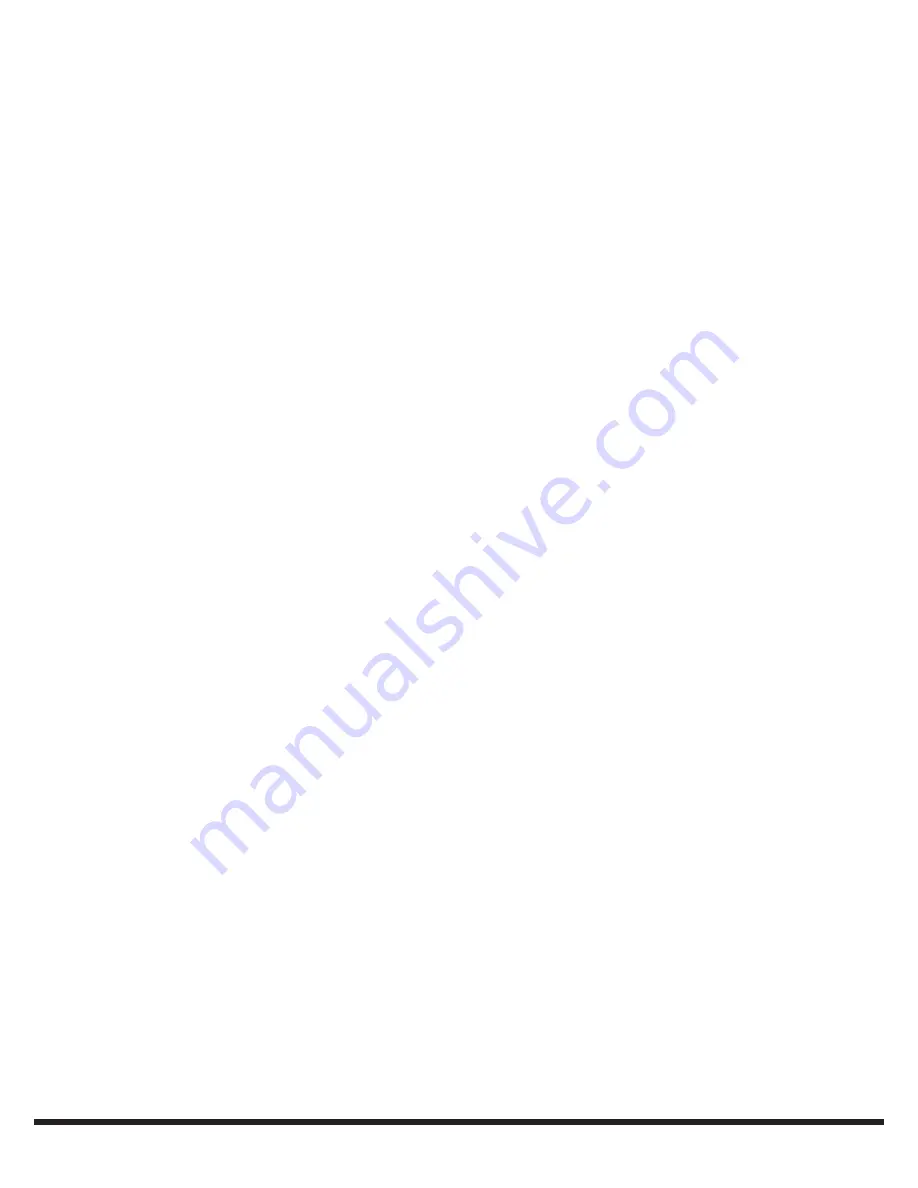
2.9 GPM @ 2,500 PSI Electric Wall-Mount Pressure Washer
11
Visit www.princessauto.com for more information
8242273
V 2.9
USING DETERGENT
To enhance the efficiency of the pressure washer, sometimes it is necessary to use detergents to help loosen tough dirt
and grime.
1. Additives can be introduced into the water only when it is being used in the low-pressure mode (less than
500 PSI). Install the black, low-pressure nozzle (#20) when chemical injection is desired.
2. Place the supplied clear hose (#24) onto the small hose barb located near the pump outlet. Install the strainer
(#21) on the other end of the clear hose. Place the strainer end into the chemical additive.
CAUTION! Do not use acids or gritty material in the dispensing system. If your spray solution must be made
up from a dry chemical, ensure that it is completely dissolved and stays mixed.
3. Open the injector valve by turning it counter-clockwise. More additive is allowed into the stream of water as the
valve is opened.
4. With the low-pressure nozzle installed, turn on the washer and begin spraying the chemical/water mix.
NOTE: The amount of chemical drain per minute and its ratio to water depends on the chemical viscosity and
water pressure. To determine the exact amount of additive, the system will have to be calibrated according to the
Determining Detergent-to-Water Ratio section.
DETERMINING DETERGENT-TO-WATER RATIO
To determine the exact amount of additive going into the water, the system must be calibrated. Follow this procedure to
calibrate the system:
1. Fill a calibrated container with the additive.
2. Connect the clear hose (#24) to the injector valve and insert the free end into the additive.
3. Close the injector valve.
4. Install the low-pressure nozzle (#20) and start the motor (#2).
5. Squeeze the trigger on the spray gun (#12) to start the flow of water.
6. Open the injector valve to start the flow of additive.
7. When the additive fills the line and starts to come out of the nozzle, release the trigger and stop spraying.
8. Note exactly how much additive remains in the calibrated container.
9. Place the nozzle into a pail and spray until a known amount of water fills the pail.
10. Stop spraying and note the amount of additive remaining.
11. Subtract the additive in step 10 from that in step 8 to determine the amount used.
12. This amount divided by the amount of water in the pail will give you the exact ratio of additive to water.
13. Adjust injector valve according to your results. Do not touch the injector valve if you wish to keep this rate
of application.
14. Recalibrate whenever changing to a different additive.
NOTE: Do not mix units when calibrating. If you choose ounces, quarts or litres for one measurement, use that
same unit for the other measurement.












































